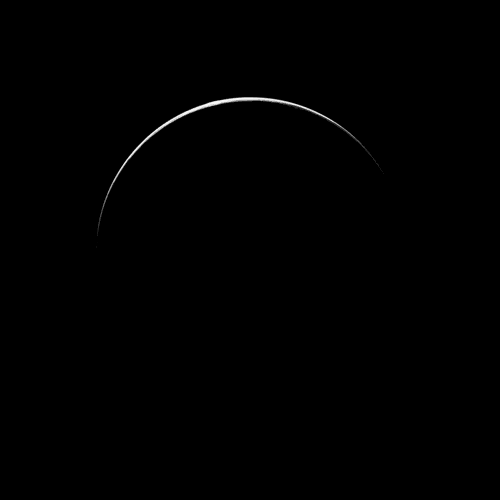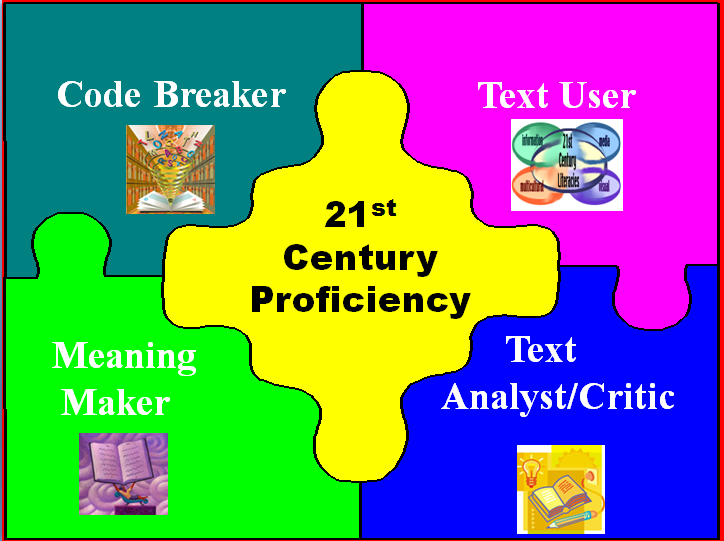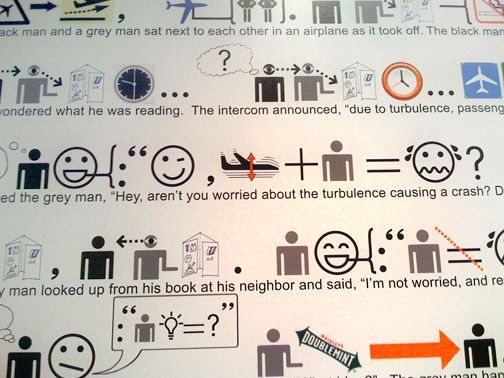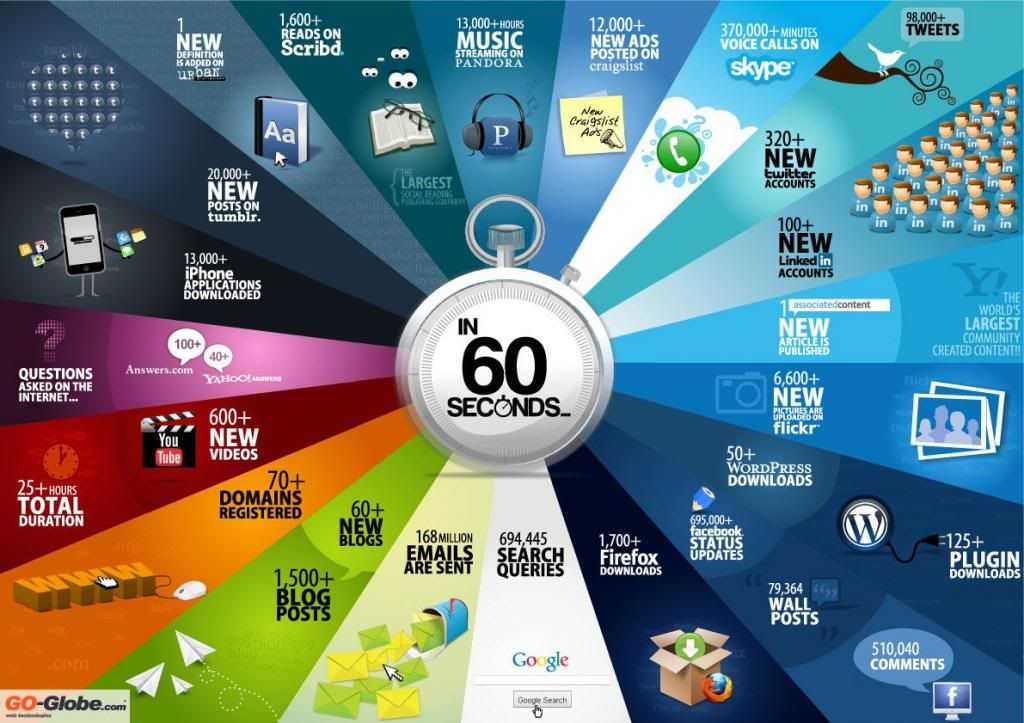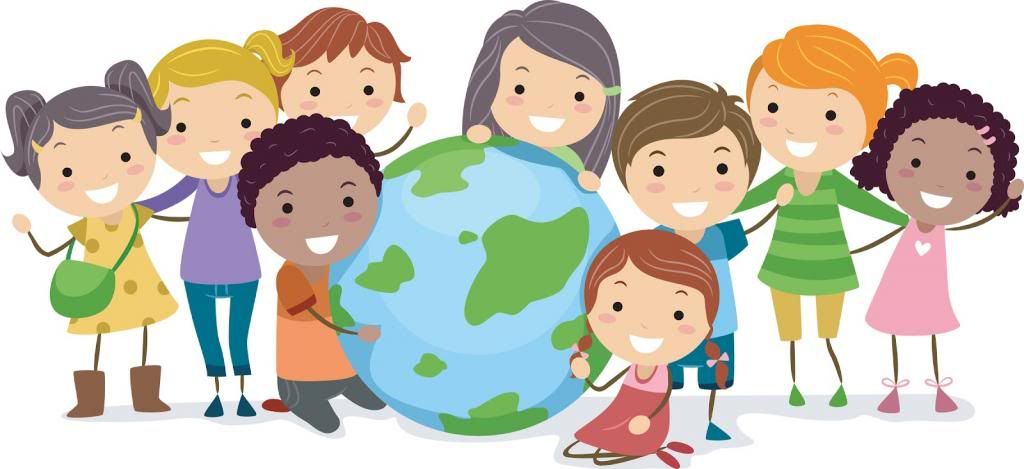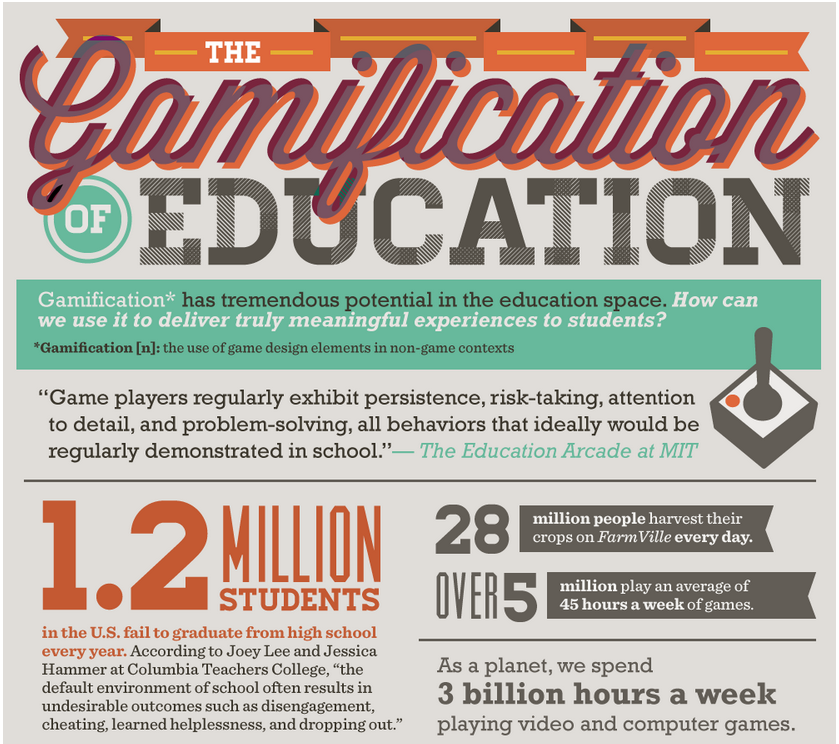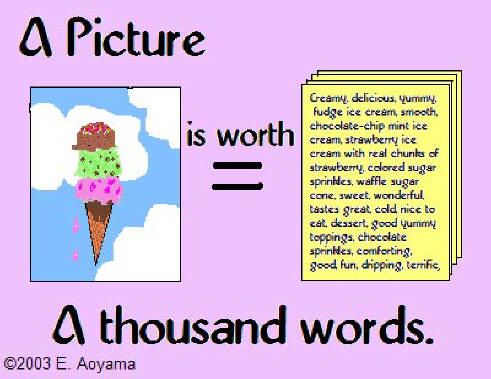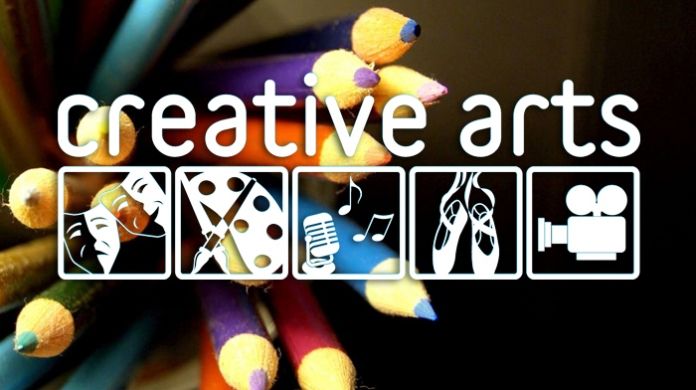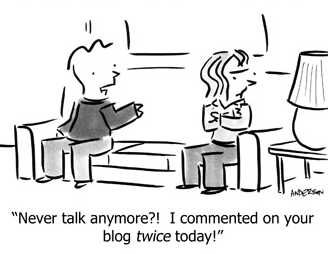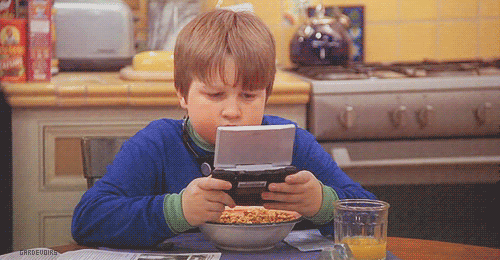Luke and Carrington (2002) argue for "a kind of critical literacy that envisions literacy as a tool for remediating one's relation to the global flows of capital and information, bodies and images". This identifies the notion that critical literacy holds transformative potential for people interacting with texts that can never be politically or socially neutral (Carrington and Robinson, 2009).
In any critical perspective of literacy, we are sent back to Freebody and Luke's 'Four Resources' that suggest that within the essential meaning making and code-breaking of a text, a pragmatic and critical competence are also necessary (Luke and Freebody, 1999). As teachers, we need to be ensuring that they are always thinking critically of a text or literacy from, whatever modality it is in the form of. This can be from teaching a student what a reliable source is, to ensuring that they are questioning and exploring the text in order to understand the meaning and purpose.
References:
Carrington, V. & Robinson, M. (2012). Digital Literacies, 'Social Learning and Classroom Practices'. SAGE Publications, London, England.
Pictures and Clips:
angelamaiers.com (n.d) ‘Four resources’ Retrieved from http://www.angelamaiers.com/images/
2008/07/19/four_resource.png
photobucket.com (n.d) ‘Globe’ Retrieved from http://s1295.photobucket.com/user/victoriadrake91
/media/tumblr_mamifcPSEx1rt5smro1_500_zps573bb6b2.gif.html?sort=3&o=33
/media/tumblr_mamifcPSEx1rt5smro1_500_zps573bb6b2.gif.html?sort=3&o=33
Youtube.com (n.d) ‘Critical Literacy In Elemntary’ Retrieved
from http://www.youtube.com/
watch?feature=player_embedded&v=giITaOoMntY
watch?feature=player_embedded&v=giITaOoMntY
